In today's fast-paced world, technology has become an integral part of our lives. While it has undoubtedly brought many benefits, it has also introduced new risks, particularly when it comes to pedestrian safety. Distracted walking, a growing concern, has led to a surge in accidents involving pedestrians.
Have you or someone you know been injured in a distracted walking accident? If so, you may be entitled to compensation. Contact Richard Schwartz & Associates today for a free consultation.
The Dangers of Distracted Walking
Distracted walking occurs when pedestrians divert their attention from their surroundings, often while using their smartphones. This can include texting, talking on the phone, listening to music, or watching videos. Such distractions can impair a pedestrian's ability to perceive and react to potential hazards, increasing the risk of accidents. As a result, distracted walkers are more likely to step into traffic, trip over obstacles, or collide with other pedestrians or objects. This can lead to serious injuries, including broken bones, head trauma, and even fatalities.
Statistics on Distracted Walking Accidents
While specific data on distracted walking accidents may be limited, studies have shown a significant correlation between smartphone use and pedestrian injuries. A study by the AAA Foundation for Traffic Safety found that pedestrians who were distracted by their phones were four times more likely to be involved in a collision with a motor vehicle. Additionally, a study by the National Safety Council found that distracted walking was a factor in 2,500 pedestrian deaths in 2021. These statistics highlight the serious dangers of distracted walking and the need for increased awareness and education.
Pedestrian Negligence and Contributory Negligence
In many cases, pedestrians who are injured in accidents may be partially at fault. This is known as contributory negligence. If a pedestrian is found to be partially at fault, their compensation may be reduced. For example, if a pedestrian crosses the street against a traffic signal or fails to yield to oncoming traffic, they may be considered partially responsible for the car accident. It is important to note that even if a pedestrian is partially at fault, they may still be able to recover some damages.
The Role of Crosswalks and Traffic Signals
Crosswalks and traffic signals are designed to protect pedestrians. However, even in these areas, distracted walking can lead to accidents. Drivers have a duty to yield to pedestrians in crosswalks, but pedestrians also have a responsibility to pay attention and cross safely. It is important for pedestrians to look both ways before crossing, even if they have the right of way. Additionally, pedestrians should wait for the pedestrian signal to turn solid white before crossing.
The Impact of Local Ordinances and State Laws
Local ordinances and state laws can impact the legal rights of pedestrians. Some jurisdictions have specific laws addressing distracted walking, while others rely on general negligence principles. It is important for pedestrians to be aware of the specific laws in their area and to follow them to protect their rights.
Protecting Yourself as a Pedestrian
To minimize the risk of accidents, pedestrians should take the following precautions:
- Be Aware of Your Surroundings: Pay attention to traffic, other pedestrians, and obstacles in your path. Listen for approaching vehicles, especially those that may be quiet, like electric or hybrid cars. Be mindful of construction zones, uneven sidewalks, and other hazards.
- Avoid Using Your Phone While Walking: Put away your phone and focus on your surroundings. Even hands-free devices can distract you, so it's best to avoid phone use altogether while walking. Save important conversations for a time when you're not on foot.
- Cross at Designated Crosswalks: Use crosswalks and obey traffic signals. Wait for the pedestrian signal to turn solid white before crossing. Look both ways before crossing, even if you have the right of way.
- Make Eye Contact with Drivers: Before crossing the street, make eye contact with drivers to ensure they see you. If a driver doesn't yield, wait for a safe opportunity to cross. Never assume that a driver will stop for you.
- Wear Reflective Clothing at Night: Improve your visibility to drivers, especially in low-light conditions. Consider using a flashlight or a reflective armband to further increase your visibility. Choose clothing that is bright and easily visible, such as neon or fluorescent colors.
Seeking Legal Help After a Distracted Walking Accident
If you've been injured in a distracted walking accident, it's important to seek legal advice. An experienced personal injury attorney can help you understand your rights and pursue compensation for your medical expenses, lost wages, and pain and suffering.
If you or a loved one has been injured in a pedestrian accident, contact Richard Schwartz & Associates at (601) 988-8888 for a free consultation. We'll fight to protect your rights and get you the justice you deserve.


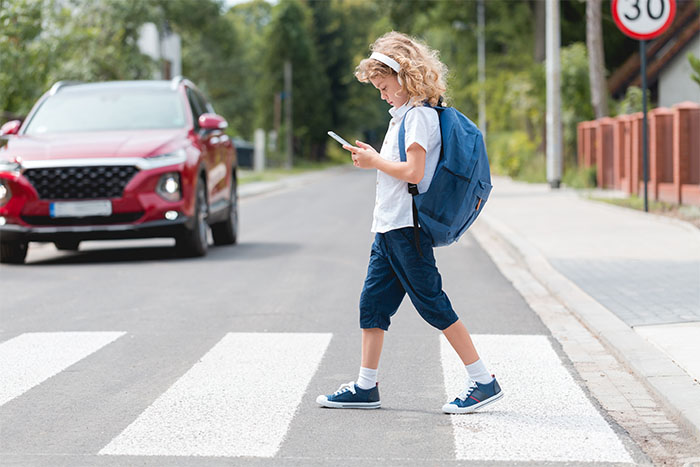
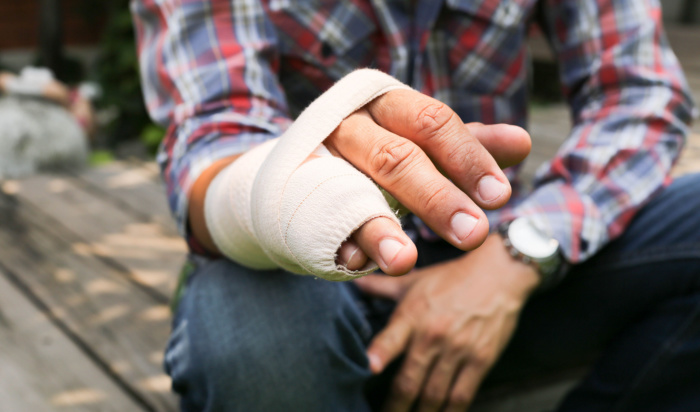

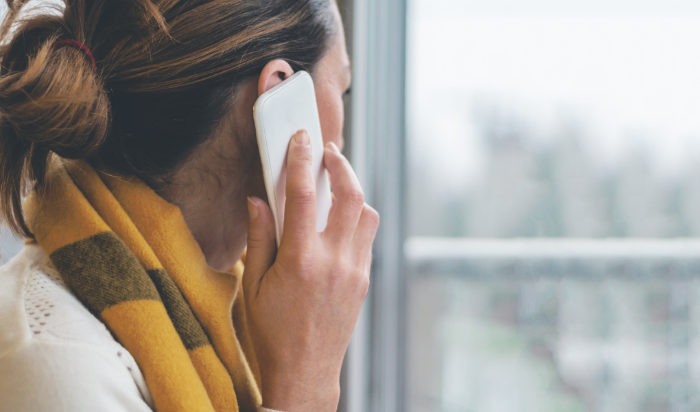

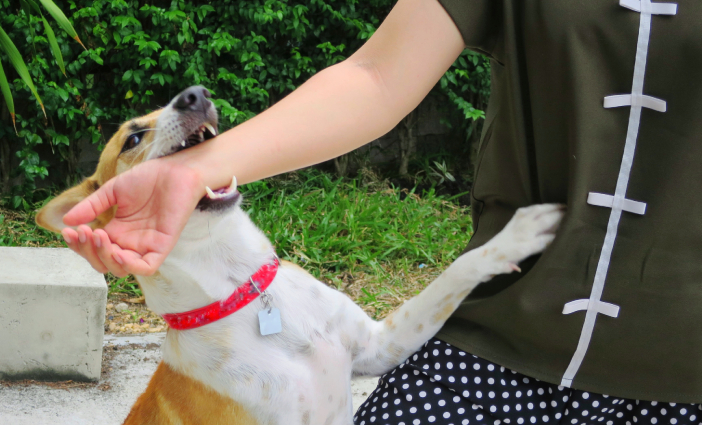

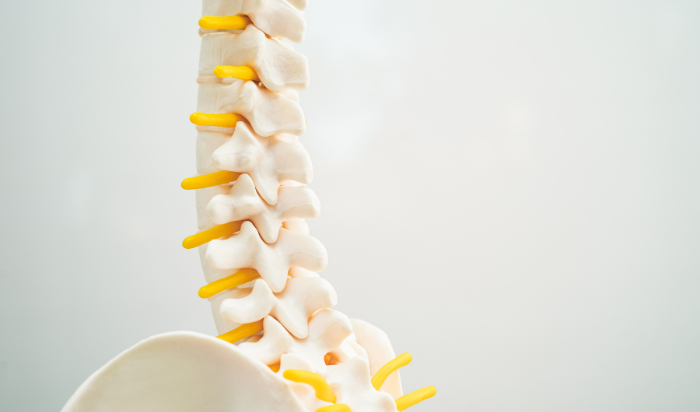

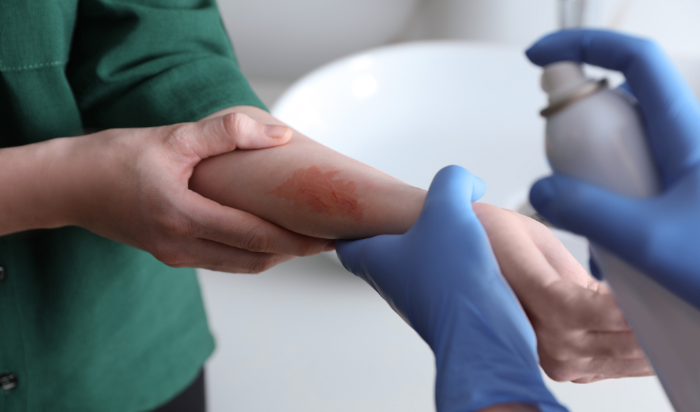
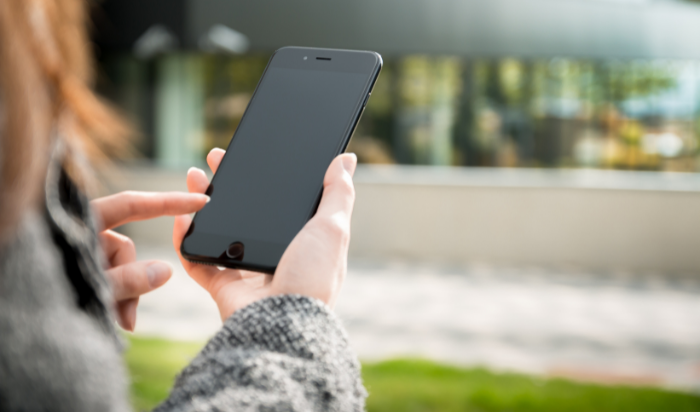

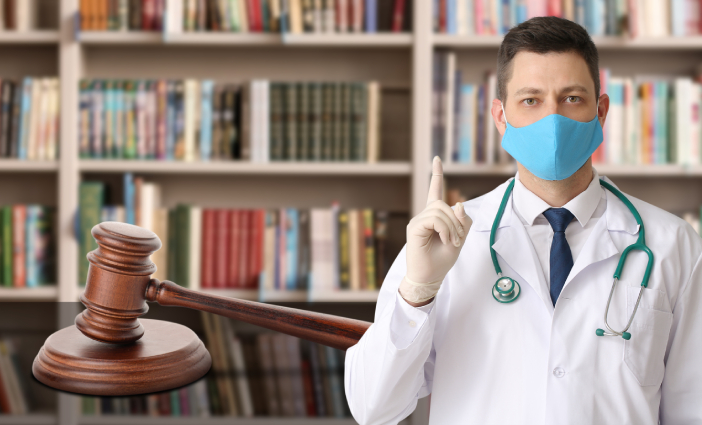

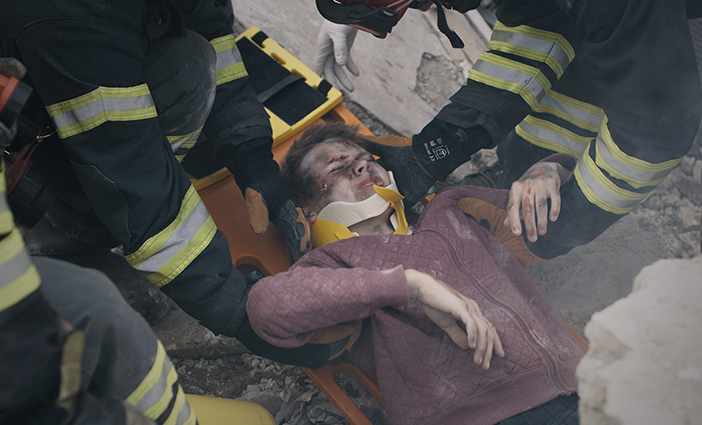
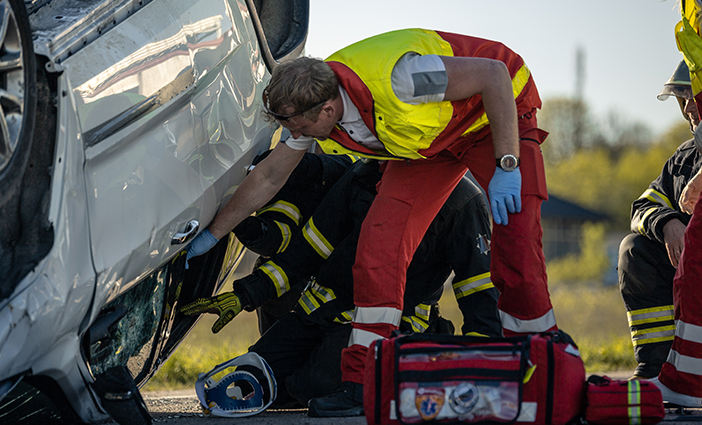


![Causes Traumatic Brain Injuries? [INFOGRAPHIC]](https://www.1call.ms/wp-content/uploads/2020/04/Causes-Traumatic-Brain-Injuries.png)





